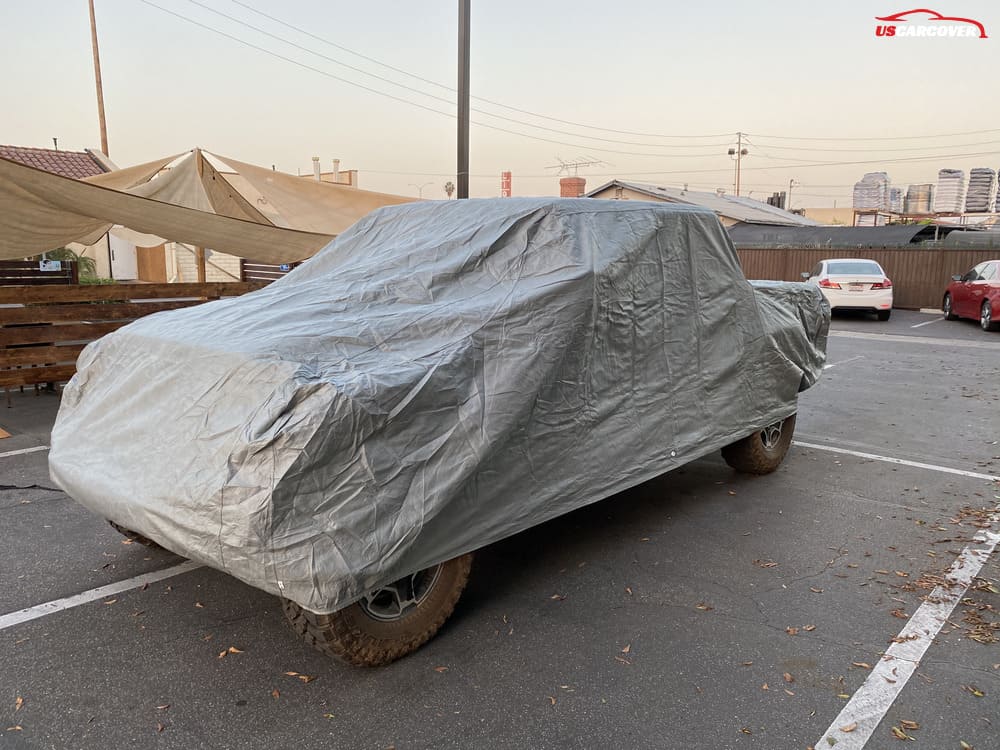
Car protection cover is essential for keeping your vehicle in top condition, shielding it from harmful elements like UV rays, dust, and weather damage. Whether you park outdoors or indoors, a well-chosen car cover can prevent costly repairs and maintain your car's pristine look. This guide will cover everything you need to know about selecting and using a car protection cover effectively, ensuring your vehicle stays protected year-round.
Why Use a Car Protection Cover?
A car protection cover is an invaluable tool for preserving your vehicle’s quality and appearance. Here are the main reasons why every car owner should consider using one:
1. Protection from Environmental Elements: A high-quality cover shields your car from dust, dirt, tree sap, and bird droppings, all of which can damage the exterior over time.
2. UV and Heat Protection: Prolonged sun exposure can fade paint and cause interior materials to crack. A UV-resistant car cover helps maintain your car's color and protects the interior from heat damage.
3. Weather Protection: Whether facing rain, snow, or hail, a durable cover guards against moisture and impact damage. It also reduces the risk of rust and corrosion..
4. Enhanced Security: Covers provide an extra layer of security by hiding valuables and preventing scratches or minor accidents, keeping your car looking pristine and safe.
5. Using a car protection cover not only keeps your vehicle looking new but also extends its lifespan, making it a worthwhile investment.
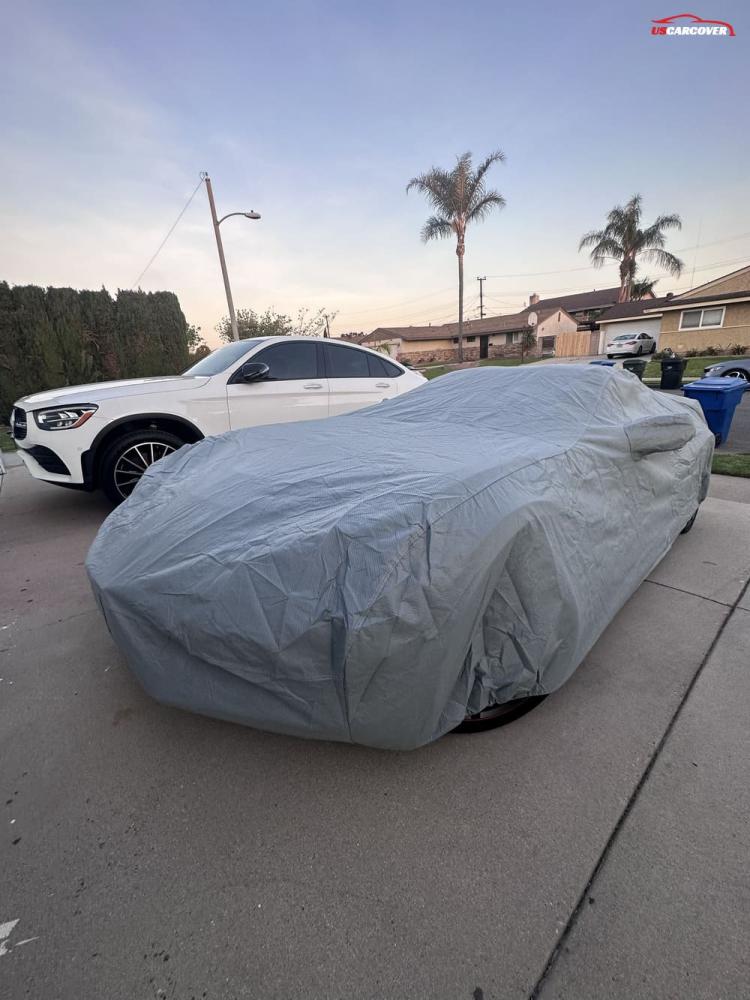
Related Posts: Waterproof vs. Water-resistant Car Covers: What's Different, What's Best?
Types of Car Protection Covers
Choosing the right car protection cover depends on where and how you store your vehicle. Here’s a quick look at the main types available:
Indoor vs. Outdoor Covers:
- Indoor covers are ideal for garage-stored vehicles, protecting against dust and minor scratches.
- Outdoor covers are made from weather-resistant materials, designed to withstand UV rays, rain, and harsh elements for cars parked outside.
Material Options: Different materials offer various benefits. Polyester and microfiber covers are lightweight and provide basic protection, while multi-layer fabrics add durability, UV resistance, and waterproofing.
Custom vs. Universal Fit:
- Custom-fit covers are tailored to fit your car model precisely, offering maximum coverage and protection.
- Universal covers are budget-friendly options that fit a wide range of vehicle sizes but may lack the snug fit of custom options.
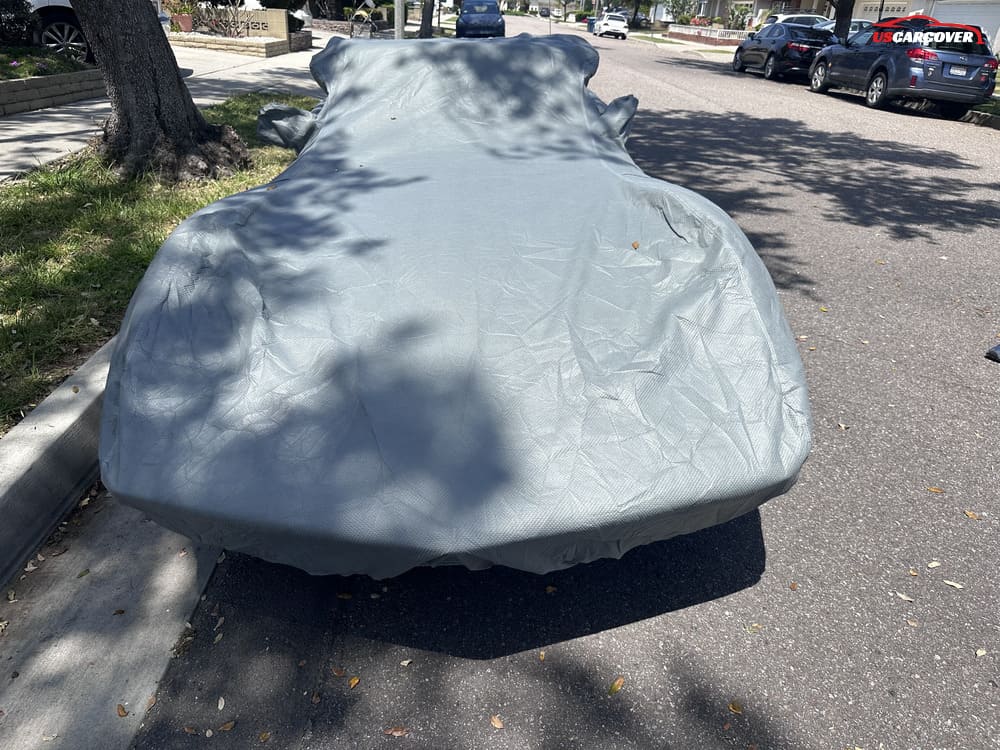
Key Features to Look for in a Car Protection Cover
When choosing a car protection cover, certain features can greatly enhance its effectiveness. Here are the essential ones to consider:
Waterproof and Water-Resistant Properties: A waterproof cover is crucial for outdoor storage, preventing rain and snow from seeping through and causing rust or mildew.
Breathability: Good breathable covers allow moisture to escape, reducing condensation that can damage paint or cause mold growth.
UV Resistance: UV-resistant materials protect your car’s paint and interior from sun damage, keeping the color and materials intact even in sunny climates.
Scratch Resistance: Look for soft inner layers to prevent scratches when covering or removing the cover, especially for painted surfaces.
Easy Fit and Fastening Mechanism: Opt for covers with elastic hems or tie-down straps for a secure fit, ensuring they stay in place even in windy conditions.
Related Posts: What's the Best Car Cover for Winter Protection?
How to Choose the Right Car Protection Cover for Your Vehicle
Selecting the ideal car protection cover requires careful consideration of your vehicle’s specific needs and storage environment. Here’s how to make the best choice:
Consider Climate and Storage Location:
- For outdoor storage in rainy or snowy climates, choose a waterproof cover with UV protection.
- Indoor storage may only need a lightweight dust cover for basic protection.
Matching Cover Size to Vehicle Type: Ensure you select the correct size, whether for a sedan, SUV, truck, or specialty vehicle. Proper fit guarantees full coverage and protection.
Budget vs. Quality Balance: High-quality multi-layer covers are a wise investment for better durability and weather resistance. However, budget-friendly options can still provide adequate protection for occasional use.
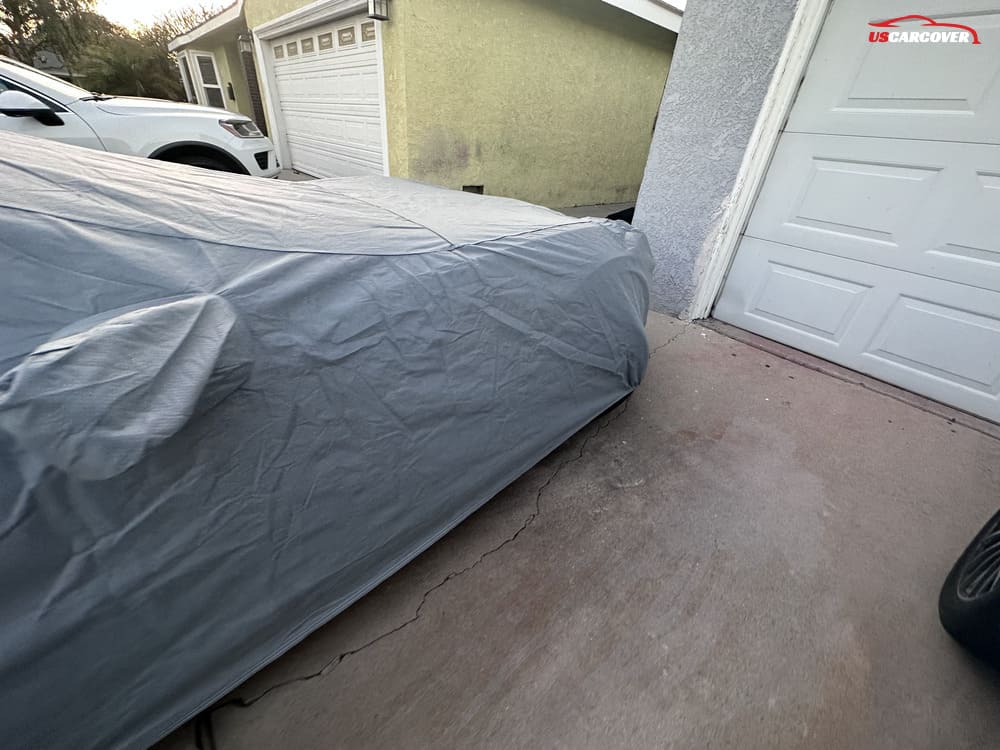
Common Mistakes to Avoid When Using Car Covers
Using a car cover seems straightforward, but certain mistakes can reduce its effectiveness. Here’s what to avoid:
Using the Wrong Size: An ill-fitting car cover won’t provide full protection, leaving parts of the vehicle exposed and at risk. Always choose the correct size for your vehicle type.
Failing to Clean the Car and Cover Regularly: Dirt trapped between the car and cover can cause scratches over time. Keep both the car surface and cover material clean to prevent abrasive damage.
Neglecting to Secure the Cover Properly: Unfastened covers can blow off in strong winds, leaving your car exposed. Use any included tie-down straps or elastic hems to ensure a secure fit.
Related Posts: Instructions for Choosing the Best Car Cover for SUVs
How to Maintain and Clean Your Car Protection Cover
Proper maintenance of your car protection cover ensures it remains effective and long-lasting. Here’s how to care for it:
Washing Guidelines for Different Materials:
- Check the care instructions. Polyester and microfiber covers may be machine washable, while multi-layer or specialized materials often require hand washing.
- Use mild soap to avoid damaging the fabric’s protective coatings.
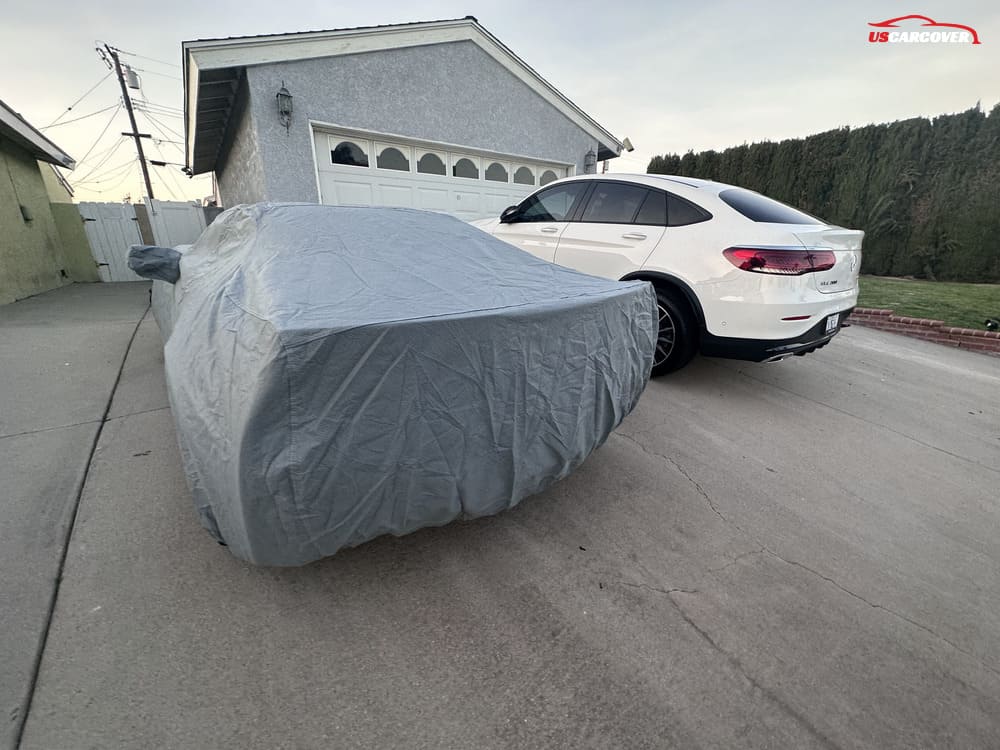
Drying and Storing Tips:
- Always air dry the cover completely before storing to prevent mold and mildew.
- Fold and store in a clean, dry place to avoid dust buildup and preserve the cover’s durability.
When to Replace Your Car Cover: Regularly inspect for signs of wear, such as thinning fabric or tears. A worn-out cover may lose its protective qualities, signaling it’s time for a replacement.
Frequently Asked Questions About Car Protection Covers
Can car covers damage paint?
A well-fitted car cover with a soft inner lining won’t harm the paint. Avoid placing a dirty cover on your car, as trapped debris can cause scratches.
Are car covers safe for outdoor use in all weather conditions?
Quality outdoor car covers are designed to withstand various elements, including UV rays, rain, and snow. Ensure the cover is rated for the specific weather you encounter.
How long do car covers typically last?
With proper care, a durable car protection cover can last several years. Regular maintenance, such as cleaning and proper storage, extends its lifespan.
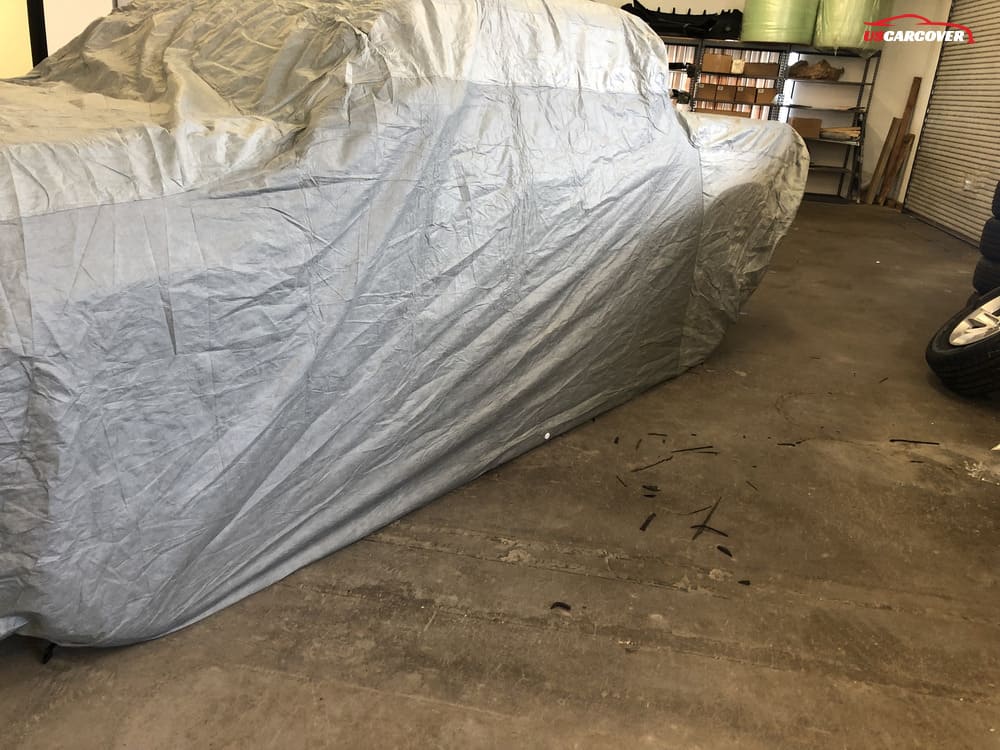
Related Posts: 5 Noted When Buying a Car Cover
Conclusion
A car protection cover is an essential investment for preserving your vehicle’s condition, whether it’s parked indoors or outdoors. By understanding the types, key features, and maintenance tips, you can choose the best cover to safeguard your car against elements like UV rays, rain, dust, and scratches. Avoiding common mistakes and following proper care guidelines ensure long-lasting protection, keeping your car in top shape for years. Protecting your vehicle has never been easier—select the right car cover and enjoy peace of mind, knowing your car is well-defended.
